১১ পৌষ ১৪৩২
Thousands Evacuated as Canyon Fire Rages North of Los Angeles
09 August 2025 19:08 PM
NEWS DESK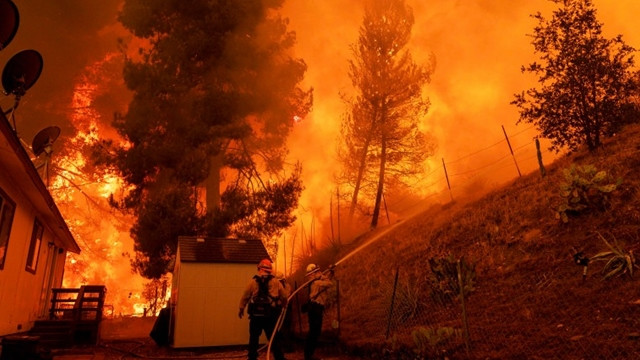
A massive wildfire raging north of Los Angeles has forced the evacuation of thousands of residents as scorching temperatures and dry weather conditions fuel its rapid spread.
The Canyon Fire, which ignited Thursday near the Ventura and Los Angeles County border, has scorched approximately 5,400 acres by Friday evening, according to local authorities. While the fire remains active, officials report that 28% of the blaze is now contained.
Residents in the affected zones have been placed under safety alerts and evacuation orders. Despite the extreme heat and arid climate hampering firefighting efforts, conditions improved slightly Friday night, allowing firefighters to make significant progress.
More than 400 firefighters are currently battling the blaze. During operations Friday night, a firefighter was seriously injured after a vehicle overturned on a hillside. Officials say the fire is still active and spreading rapidly toward Castaic, in northern Los Angeles County.
With temperatures forecasted to reach 100°F (around 37.7°C) in the coming days, authorities are urging residents to remain alert and prepared for changing conditions.
In Santa Clarita, one of the communities closest to the fire, residents have been instructed to stay away from fire-damaged areas. The California Department of Forestry and Fire Protection (Cal Fire) confirmed that the Canyon Fire is just one of several active wildfires currently burning across the state.
The largest blaze, named the Gifford Fire, has already consumed approximately 100,000 acres across San Luis Obispo and Santa Barbara counties.
Climate Change Fueling Fire Seasons
Experts continue to warn that climate change is intensifying the frequency and severity of wildfires in California. Hotter and drier conditions are not only extending the fire season but also increasing the destructiveness of these events.
In January 2025, the Eaton Fire in Altadena, north of Los Angeles, claimed the lives of at least 31 people and destroyed thousands of structures—one of the deadliest fires in recent memory.
As fire seasons grow longer and more dangerous, state officials emphasize the urgent need for both emergency preparedness and climate resilience measures to protect vulnerable communities.








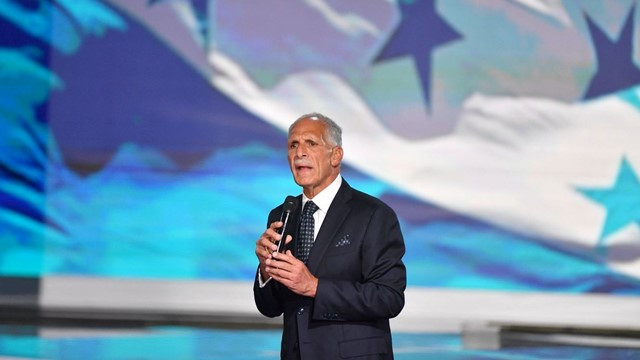


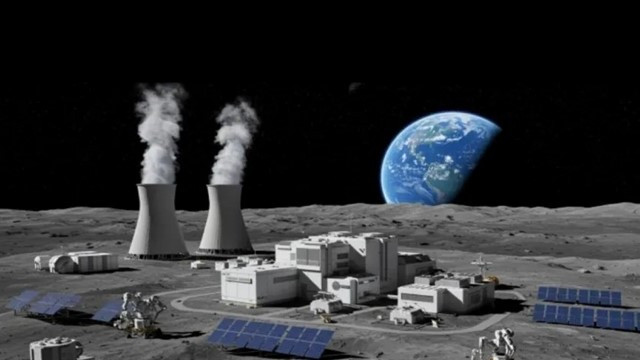


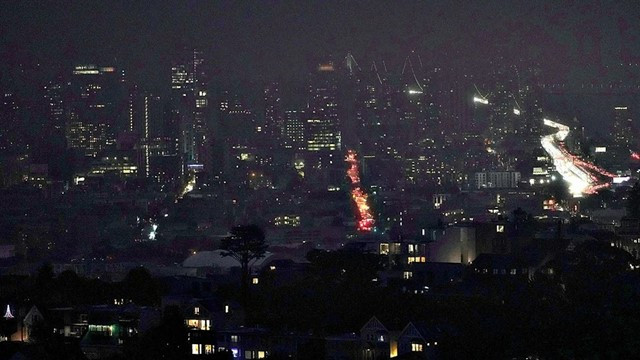


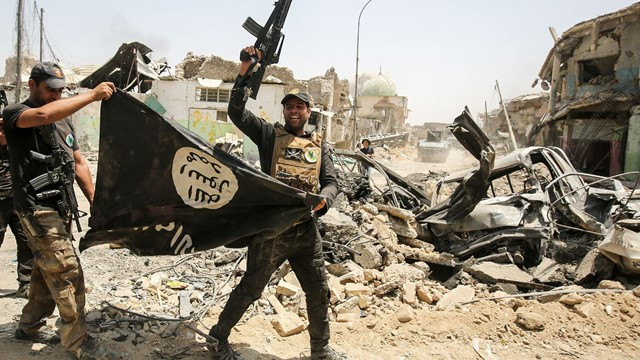

Comments Here: